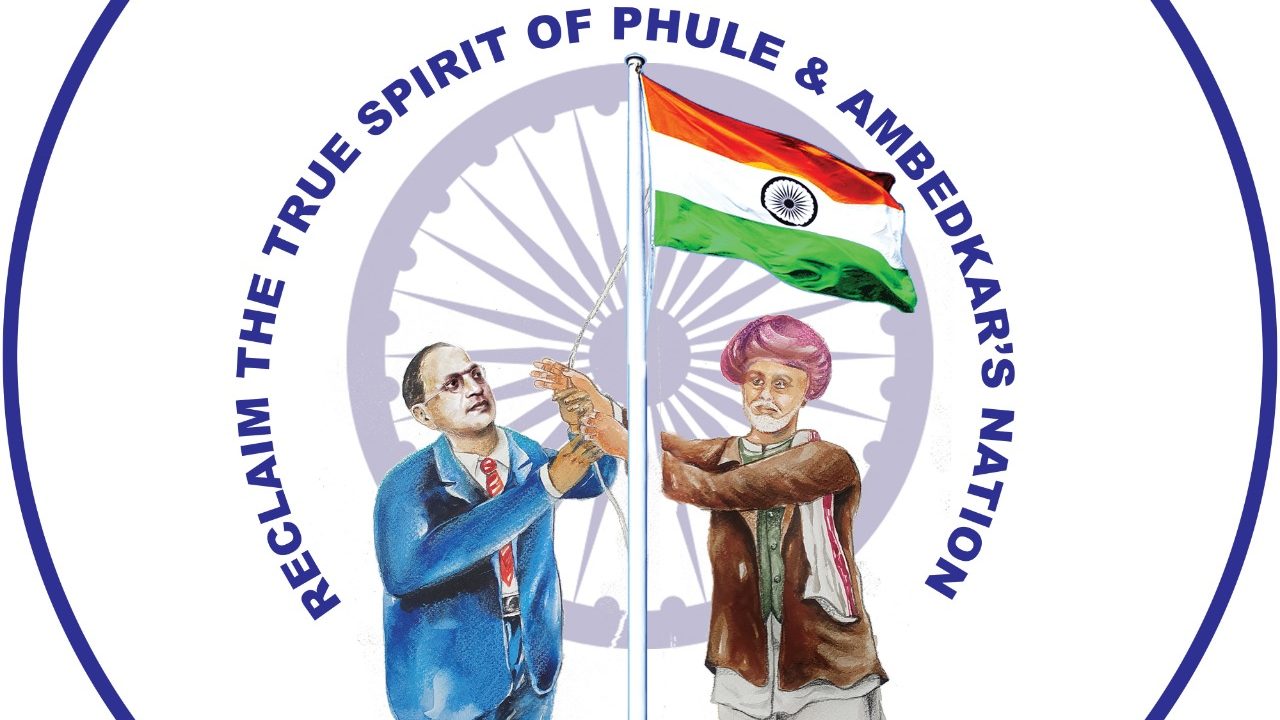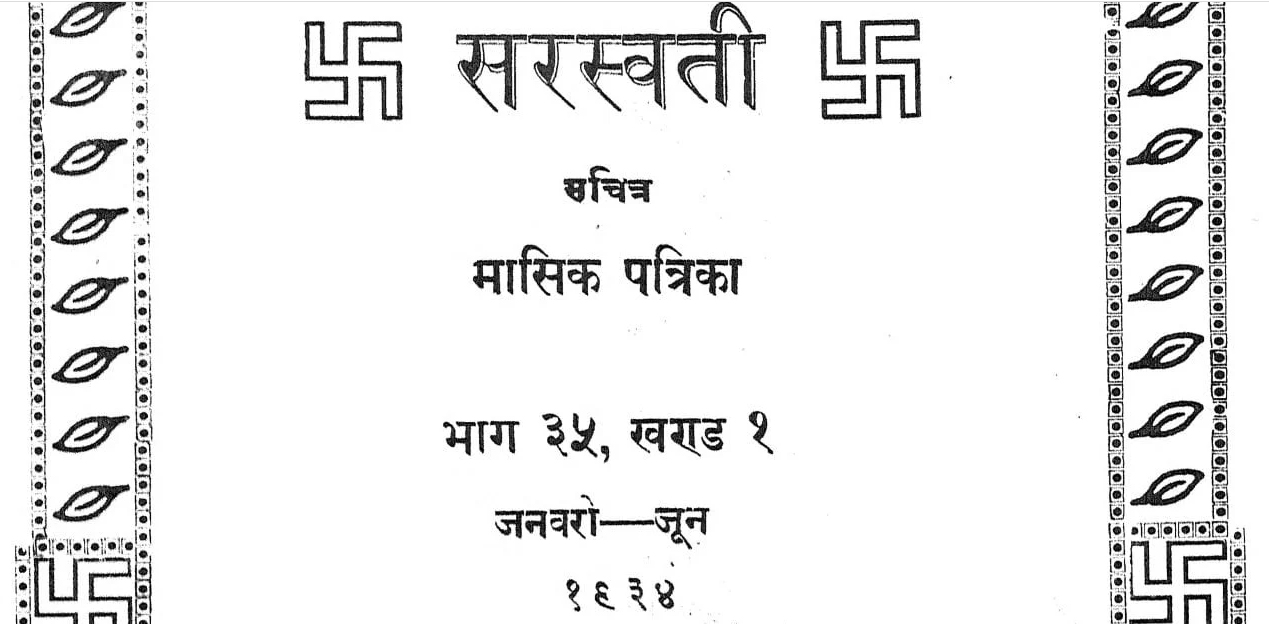Those indulging in rhetoric against the Patthalgadi movement should perhaps take a closer look at these stone pillars erected at the entry to the Sulangi village. The village, which is under the jurisdiction of the Bhairamgarh police station, in Bijapur district, Chhattisgarh, is replete with many such plaques. These are memorials erected by Adivasis, as part of their ancient tradition, to commemorate the deceased.

Of the more recent Patthalgadi stone memorials, one belongs to Hadma Ram, who was a resident of the village. Hadma Ram’s death might not have hit primetime news but is of relevance to the Adivasi community, who have erected the stone pillar to depict his death. The stone pillar says 4 February 2016, the day Hadma was brutally shot dead – like many others who are killed in the garb of a police encounter – to facilitate land grab for the corporates. All in the name of development in tribal areas like Bastar in Chhattisgarh and parts of Jharkhand.
This patthalgadi belongs to the period when the infamous inspector general of police (IGP) for the Bastar Range, S.R.P. Kalluri, held several journalists behind bars in order to keep the news of the massacres in Bastar under wraps. It was in this period that Hadma, having spent three years in jail despite committing no crime, was acquitted and returned home. However, two days later, the Mardum police gunned him down.

When journalists failed to report the incident, Adivasi villagers took to the traditional Gondi art of Patthalgadi to narrate Hadma’s killing. The painted plaque shows Hadma ploughing his fields and policemen opening fire at him. The highly emotive art piece reveals that the only witnesses to the execution were the forest and its creatures.

Another heart-wrenching Patthalgadi is of a boy, who was rounded up and killed by the Chhattisgarh Police in 2009. The memorial, erected along the boundary of a neighbouring village, portrays a school-going child on his way back from school being rounded up, shot and killed by policemen. The depiction includes his bag, his bicycle and also the eyewitnesses to this horrendous act – the wild animals, birds and his schoolmates.
Translated Devina Auchoybur and copy-edited by Rohit James
Forward Press also publishes books on Bahujan issues. Forward Press Books sheds light on the widespread problems as well as the finer aspects of Bahujan (Dalit, OBC, Adivasi, Nomadic, Pasmanda) society, culture, literature and politics. Contact us for a list of FP Books’ titles and to order. Mobile: +919968527911, Email: info@forwardmagazine.in)
The titles from Forward Press Books are also available on Kindle and these e-books cost less than their print versions. Browse and buy:





